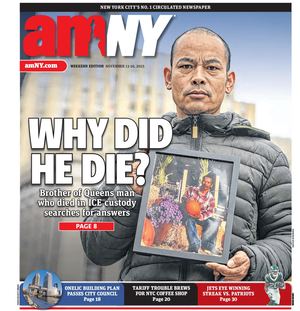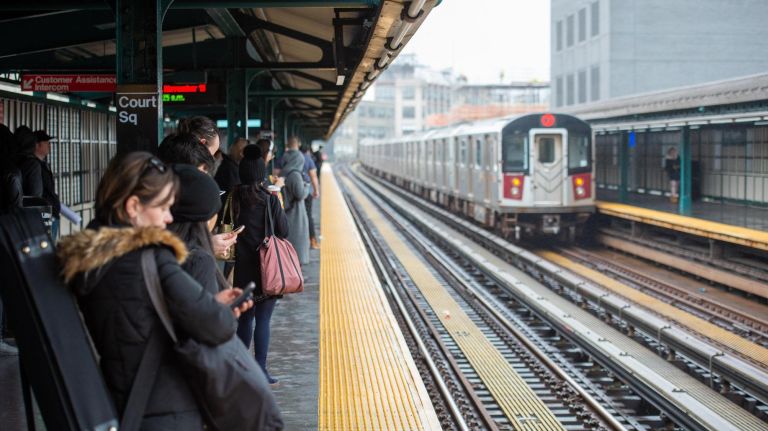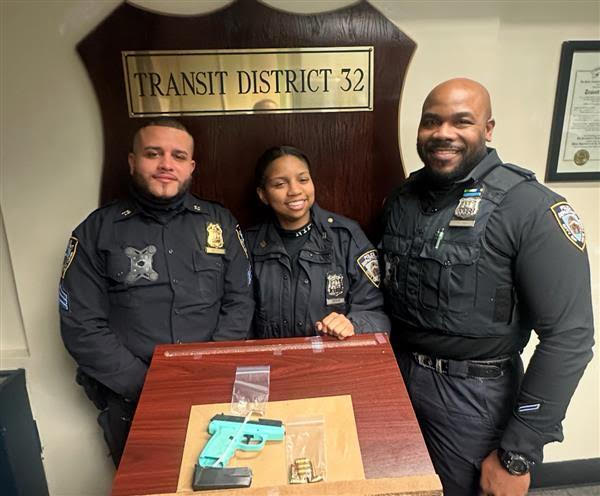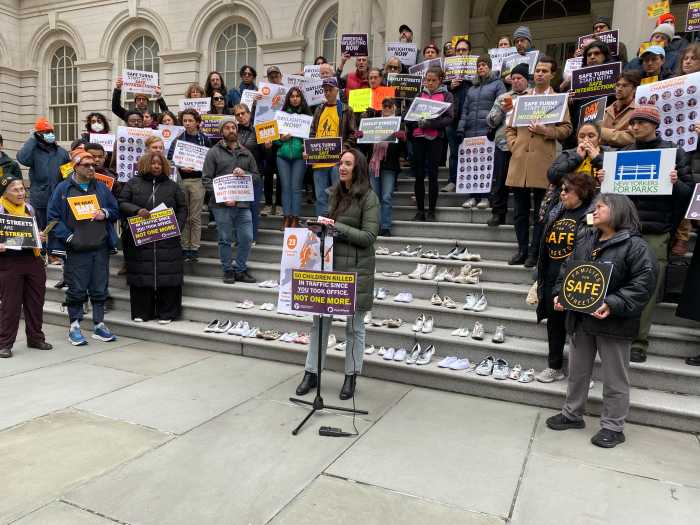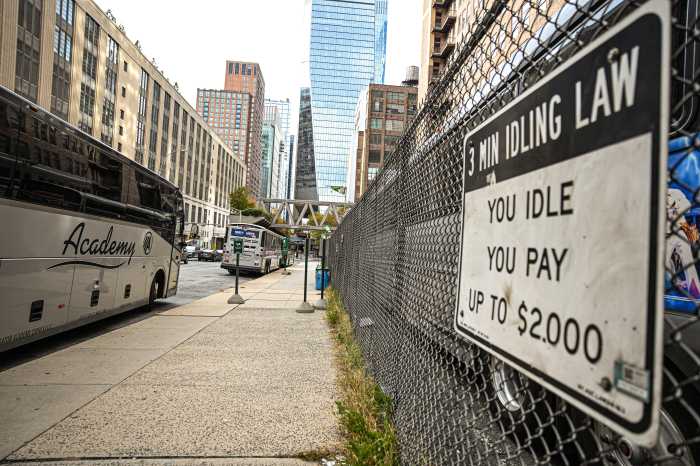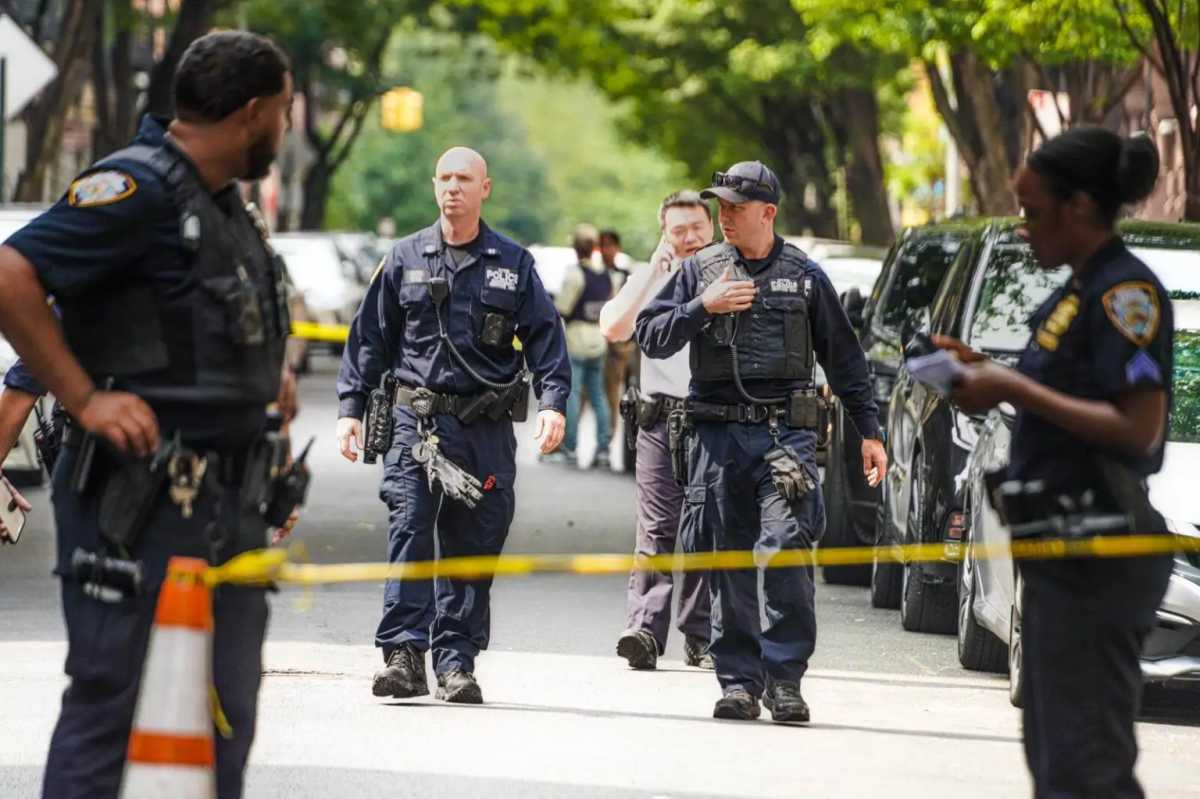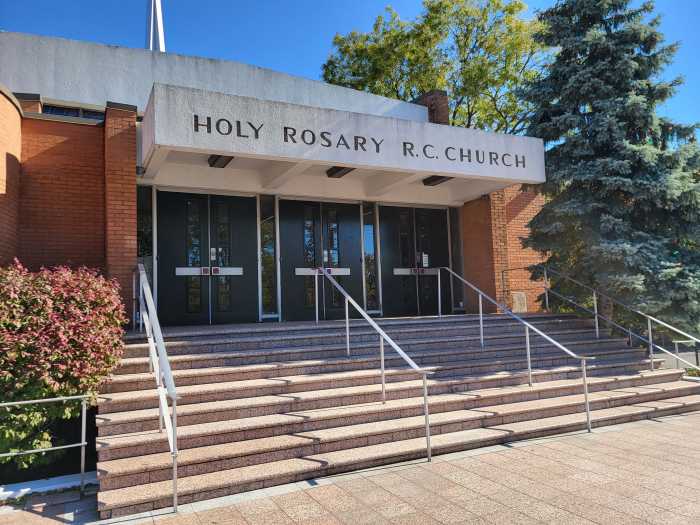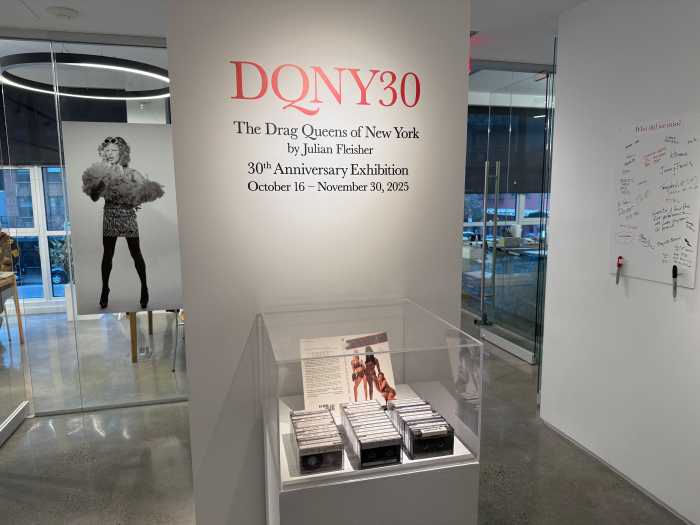
As Amazon is slated to receive at least $2.8 billion in public benefits for a headquarters in Queens, transit advocates and elected leaders are calling for the company to provide significant infrastructure improvements for the already brimming Long Island City area.
Amazon plans to bring 25,000 workers to the neighborhood over 10 years. After more than a yearlong search for a new headquarters, it cited the area’s transit access as a reason for selecting it as one of two new employment hubs in the country. But representatives from Queens worried that existing options weren’t enough, pointing to the ongoing bus and subway crisis plaguing the city and the packed train cars that run on the 7 and G lines through the area.
Queens State Sen. Michael Gianaris, a vocal opponent of the plans, criticized the “circus” that Amazon and city leaders created over the last year, in which one of the richest companies in the world courted local leaders who were more than willing to hand over subsidies to host a second headquarters. Gov. Andrew Cuomo joked recently that he’d change his name to “Amazon Cuomo if that’s what it takes” to get Amazon in New York.
“This created a race to the bottom where billions of public dollars are being committed when we have great needs. We can’t even find two nickels to rub together to make the trains run on time and yet we magically found these subsidies to give away to the biggest corporation in the world,” said Gianaris, who is planning a rally against the plans Wednesday. “Long Island City is already bursting at the seams.”
Gianaris wants to see the agreement scrapped and reset. He is among several elected officials representing Queens who have taken sharply different tones than Cuomo and Mayor Bill de Blasio, who both, through unusual comity, heralded the agreement Tuesday as a great win for the city and state economies.
Lisa Daglian, the executive director of the Permanent Citizens Advisory Committee to the MTA, fell somewhere between the extremes. She welcomed Amazon but said the conversation must now focus on how “this investment in human infrastructure really needs to be accompanied by transit infrastructure investments.”
“It takes me two or three trains before I can get on my 7 train in the morning,” Daglian said.
Amazon in its announcement promised to invest in “infrastructure improvements and new green spaces.” Cuomo and de Blasio touted that the agreement also secures a new approximately 600-seat intermediate public school and a 3.5-acre waterfront esplanade and park.
Through a mechanism known as Payment In Lieu of Taxes, or PILOT, the government will direct roughly half of what would ordinarily be paid in property taxes to an infrastructure fund.
“The money going to the PILOT is explicitly for the infrastructure of the community,” said de Blasio on Tuesday, adding that specifics will be developed. “That money is not going to the Amazon site, this is going broadly to the community.”
But a portion of that PILOT payment will not start being directed to infrastructure funds for 15 years, according to the state. And that money will ultimately go to the city, meaning that the state-controlled subways could be poised to miss out on benefits.
Instead, that money could be used for street upgrades, ferry service or potentially building the mayor’s streetcar project known as the Brooklyn-Queens Connector, or BQX, which is envisioned to run up and down the waterfront of Brooklyn and Queens.
Stephanie Baez, a spokeswoman at the city’s Economic Development Corporation, said the spending would be based on the residents’ priorities.
Underground, the MTA plans to boost service on several Queens lines — but for other reasons. The 7, G and M trains will all boost service to accommodate the hundreds of thousands of displaced subway riders during the L train shutdown beginning next April. G trains will also be extended from 4- to 8-car sets.
It’s not yet clear if those L train shutdown accommodations will continue after the L’s Canarsie Tunnel is reopened. Post-construction service is still to be determined, according to MTA spokesman Shams Tarek.
The 7 line will be able to handle its additional scheduled trips because the MTA is close to finishing up its delayed, roughly $600 million project to install a modern, computerized signal system on the line, which allows the authority to safely run more trains more closely together.
Yonah Freemark, a blogger who runs the site The Transport Politic, said ideally the city and state could leverage Amazon to pay for similar signal upgrades on the E and F lines — projects for which the MTA is currently seeking funding.
Freemark also noted Amazon’s landing in Queens makes a stronger case for other long-sought policies, like lowering Long Island Rail Road fares for trips within New York City. While LIRR service would have to be adjusted, the railroad could also provide new capacity for Amazon’s employees trying to get to Queens. It could create a more urgent need for stronger north-south transit connections between Brooklyn and Queens, as well.
“When the state is giving Amazon $1.5 billion, I see no reason why the state or the city would have to fund these projects that are going to help serve Amazon’s new workers,” Freemark said. “But sadly that might be the case.”
